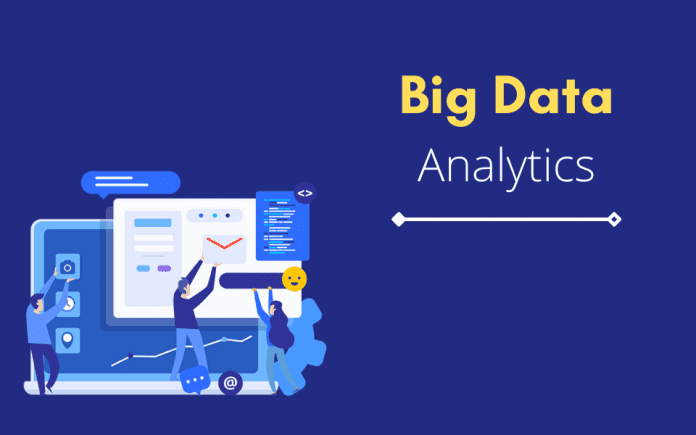Last Updated on February 14, 2024 by Nasir Hanif
More and more often, we’ve heard the term “Big Data” in the news lately. In today’s digital age, this technique has also been widely utilised in the financial sector, which is a testament to its effectiveness. Examine the duties that Big Data analytics services in banking is able to do, as well as the manner in which it helps to guarantee information security while also increasing client loyalty.
Improved D governance for the online company sector is becoming more popular as the e-commerce industry continues to flourish. Securing consumer data has become more important as the number of people who use the internet continues to grow. As a result, most businesses are turning to specialized firms for improved D governance techniques. Better D administration, achieved via D cleaning and the use of sophisticated DQ technologies, may aid in the expansion of your company’s operations in addition to safeguarding customer interests.
An architecture that includes a data fabric with built-in administration, safety, and data security
What exactly is a data fabric? The database management prototype at the heart of the data fabric authorization the entirety of interconnected data analysis capabilities, which include discovering, policymaking, aggregation, and instrumentation, irrespective of whether the data is stored on-premises, in a multi cloud environment, or in a data center. It offers corporation data that may be used to drive apps, analytics, and business process automation (BPA) initiatives. Data fabric enables companies to fulfill the requirements of their customers by ensuring that they have the appropriate data at the right time, at the lowest possible cost, and with complete control.
When we talk about Big Data analytics services, we are referring to an ever-increasing amount of aggregation and analysis information from a variety of forms that all belong to the same context. Quantity, rapidity, diversity, value, and authenticity are the most important characteristics of such a technology.
Such large data sets from a variety of sources are beyond the capabilities of our current information processing technologies. Nonetheless, large international corporations already use Big Data to address semi-business problems.
The significance of data collection and analysis has increased to previously unheard-of heights as a result of data-driven making decisions. Even while acting on data-derived business information is critical for rival companies in today’s world, businesses frequently spend far too much time arguing what statistics to employ, which are always generated from a variety of diverse sources. When it comes to a company’s targeted audience, metrics from social media platforms may portray a picture of one thing, but supplier comments or online surveys may paint a whole other image.
It is our opinion that the following three design aspects are important for maximizing the potential for providing ethical and inclusive finance: Among these are:
- large and diverse data pools that draw information not only from banks but also from a variety of other players who interact with the poor;
- computation centers that allow consumers and data users to easily manage data permissions.
- third parties who can initiate financial documents directly from a bank on behalf of their clients.
What Are Advantages of Big Data in the Banking and security Industry?
Due to the widespread use of digitalized, social, and mobile know-hows as a common platform for info access and commerce, the quantity of data banks that are generating and overriding is nothing short of astounding. Maintaining and handling all such data poses a number of business and information technology problems, but it also gives possibilities for banks to expand their operations, fight deception, and enhance operative effectiveness.
Banks may get formerly unattainable points of understanding to each element of their operations through making use of logical solutions driven by cloud computing, artificial intelligence, data science, and deep learning technologies.
Following that, you must evaluate the need for a data storage device that is tiny enough to not seem suspicious. You should make sure that only authorized employees have access to the data if it is stored on a hard disc. It is important to remember that if there is only one person who requires the data, the hard drive should not be kept on a computer that also stores other information about them.
With this solution, financial companies established governance and data quality standards, as well as economic nomenclature, user access, confidentiality, and protection across all of its data stores, independent of the platform on which they were stored.. With the information fabric solution, the firm was finally able to address the persistent issue of achieving great, regulated, business- and regulatory investigation data throughout its whole organization, including its various locations. Depending on data use patterns, it automates the need for virtual machine ( VM data integration requirements.
The bottom line:



























